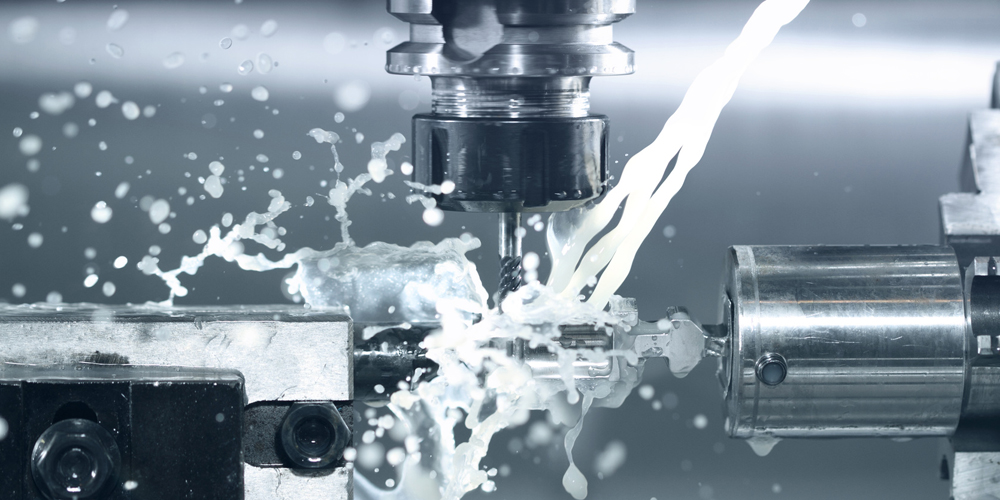BOLT AND FASTENER HEAT TREATMENTS
Socket & Allied offer varied Heat Treatments to their fasteners and can accommodate large batch or special small quantity.
The heat treatment process alters the internal structure of the metal by heating to a certain temperature and then being cooled in a certain manner to obtain the desired degree of physical and mechanical properties such as hardness, brittleness and softness.
The temperature metals are heated to and the rate of cooling after heat treatment can significantly change metal's properties.
There are five basic heat treatments that can be applied to many metals to alter their internal structure:
Hardening – heated to make the metal harder where the alloy is heated above the solvus temperature and soaked there until a homogeneous solid solution is produced.
Case Hardening – this process hardens the outer layer of the metal/socket screw/fastener whilst retaining a soft inner metal core.
Annealing – alters the physical and chemical structure of the metal/socket screw/fastener which allows it to be stretched under tensile stress. It is used to reduce hardness, increase ductility and help eliminate internal stresses.
Normalising – this gives the metal/socket screw/fastener a uniformed and fine grain structure
Tempering – this process heats the metal/socket screw/fastener to a precise temperature below the critical point and is usually carried out in air, vacuum or inert atmosphere.
The heat treating process usually turns the metal/socket screw/fastener a brown/black colour – other finishes can be applied by plating or coating.






